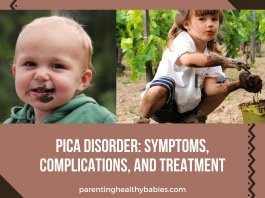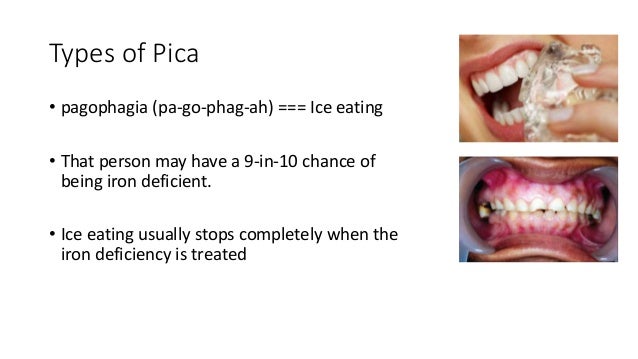

The FASD group was diagnosed according to modified Institute of Medicine (IOM) criteria ( 21), which considered their growth, facial dysmorphology, and alcohol exposure. Participants were enrolled after an initial telephone screening to determine eligibility. The diagnostic categorizations of those with FASD are described in Table I. Participants in the FASD group were recruited through the University of Minnesota's Fetal Alcohol Spectrum Disorders (UMN FASD) Program. None of the children were studied previously with respect to their eating behaviors.

The study population consisted of two groups children with FASD (n=74) and a control group not exposed to alcohol (n=81). Here we extend that work and compare those behaviors in children with FASD against those of typically-developing children. Our previous report of eating behaviors ( 17) only evaluated children with prenatal alcohol exposure or suspected prenatal alcohol exposure. This suggests a pattern of abnormal feeding behaviors and food consumption that is specific to children with FASD. In otherwise well-nourished populations, nutrient intakes were below recommendations for several vitamins, minerals, and essential fatty acids, and sugar, fat, and caloric consumption was excessive ( 17, 19). Older children exhibit dysfunctional feeding behaviors including constant snacking, poor satiety, and picky eating/poor appetite ( 19). Infants with FASD have reduced suckle that delays transition to solid foods ( 18). When growth quality is evaluated, periadolescents with FASD may accrue adiposity rather than lean mass, and may have a greater likelihood of having body mass indexes (BMI) ≥85 th percentile, especially for females and for cohorts consuming western-style diets ( 12, 14- 17). These discrepancies may reflect social and environmental factors ( 7, 13). These differences lessen in later childhood ( 5, 6), and by periadolescence both reduced ( 7- 9) and increased weight gain ( 10- 12) is reported compared with unexposed controls. In infancy and early childhood FASD strongly associates with below-normal weight, height, and head circumference ( 4, 5). Children with FASD share some growth characteristics with those exposed prenatally to other drugs and tobacco. The most severe manifestations of prenatal alcohol exposure, diagnoses within the fetal alcohol spectrum disorders (FASD), affect 2.4% to 4.6% of school-age children ( 1). Prenatal alcohol exposure is a leading cause of neurodevelopmental disability.


 0 kommentar(er)
0 kommentar(er)
